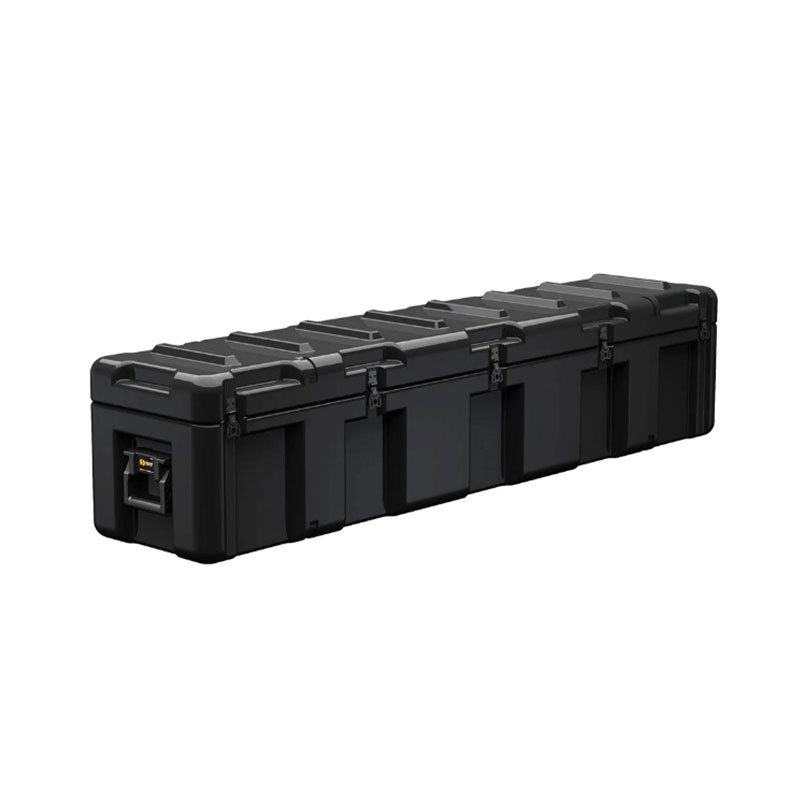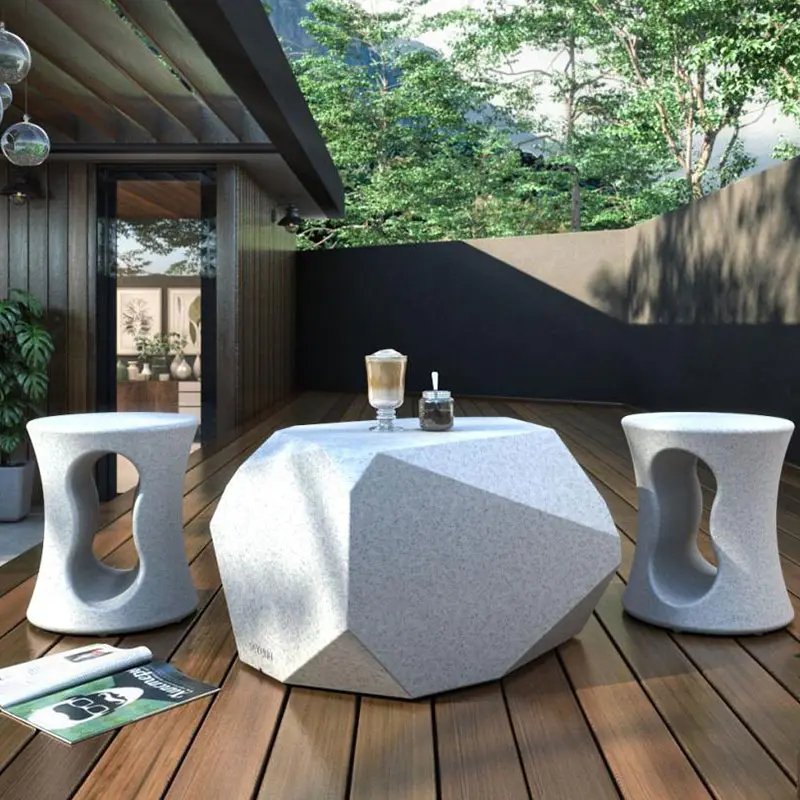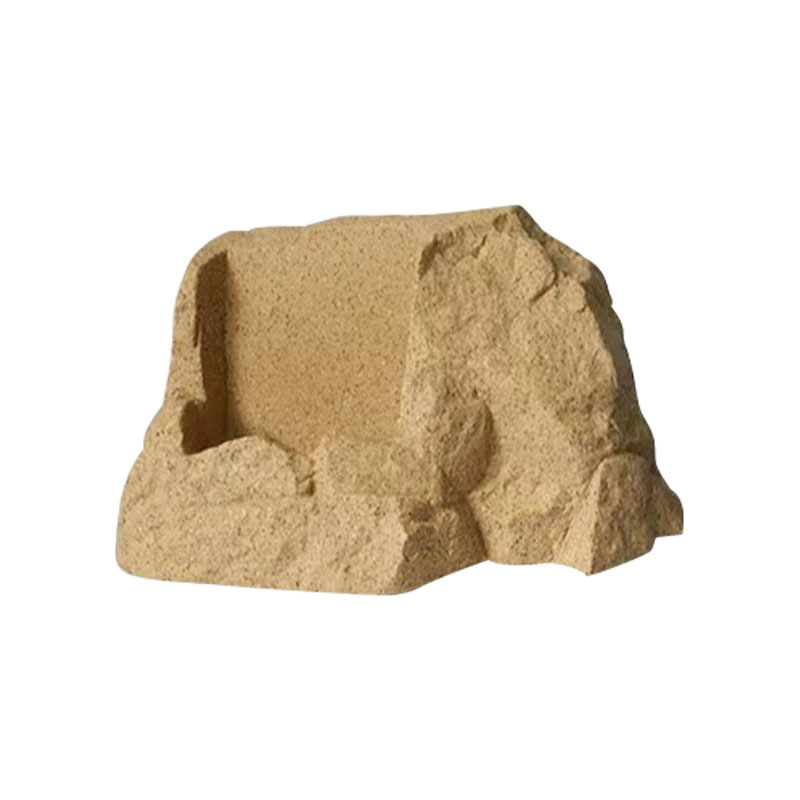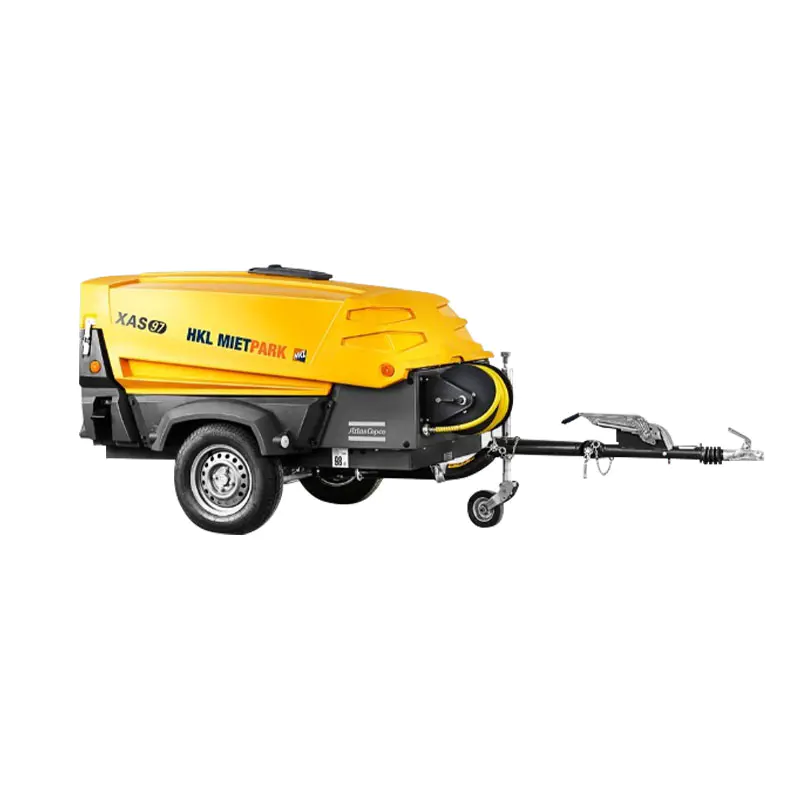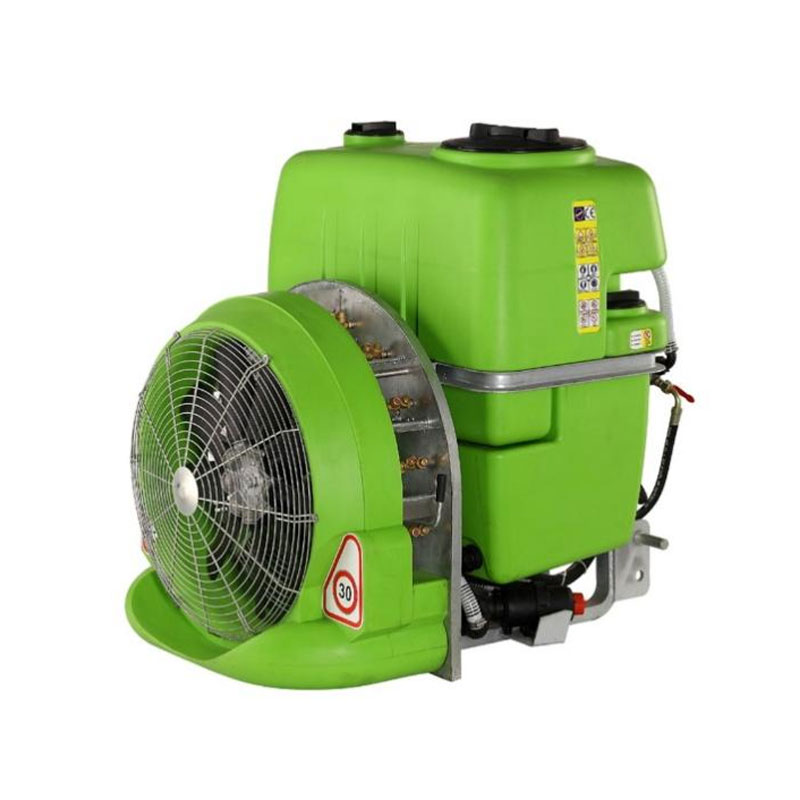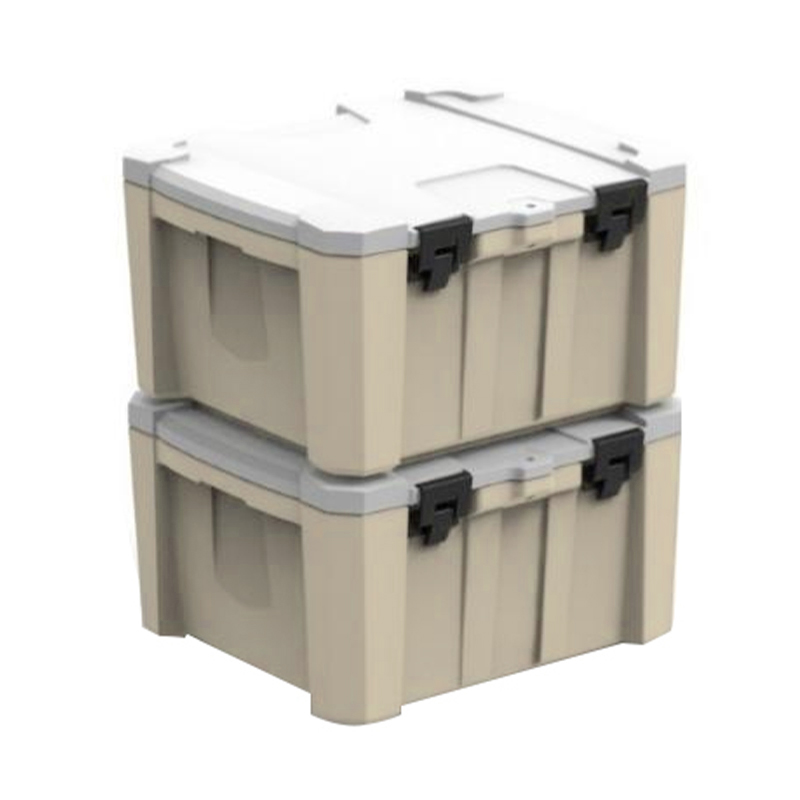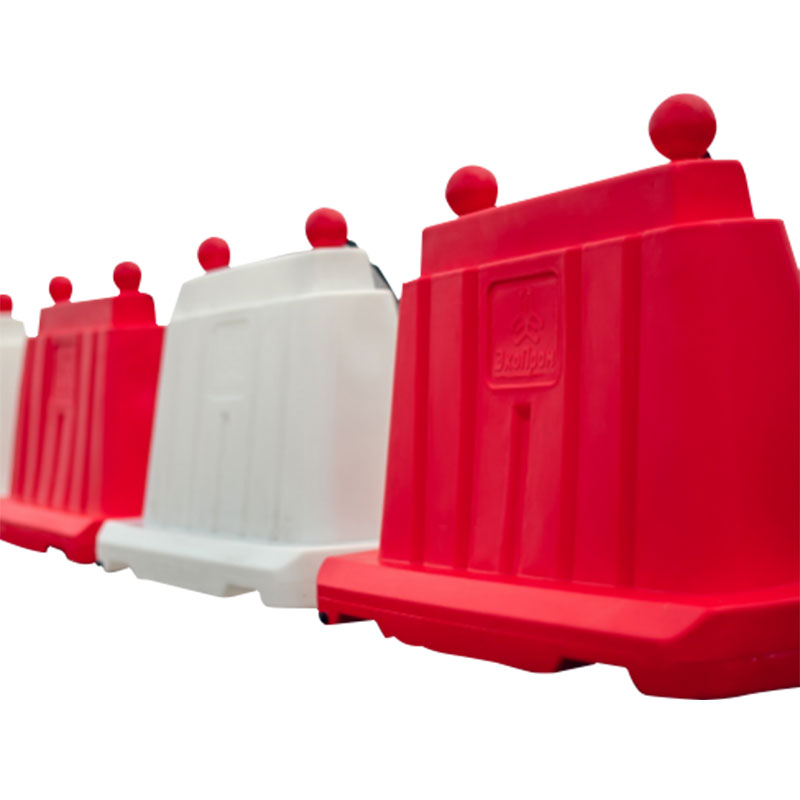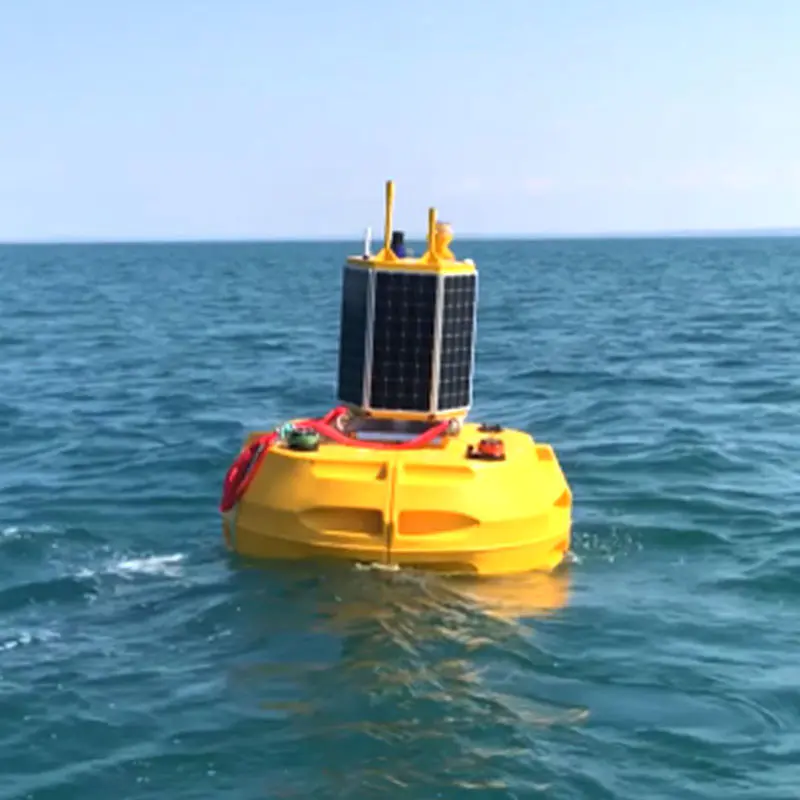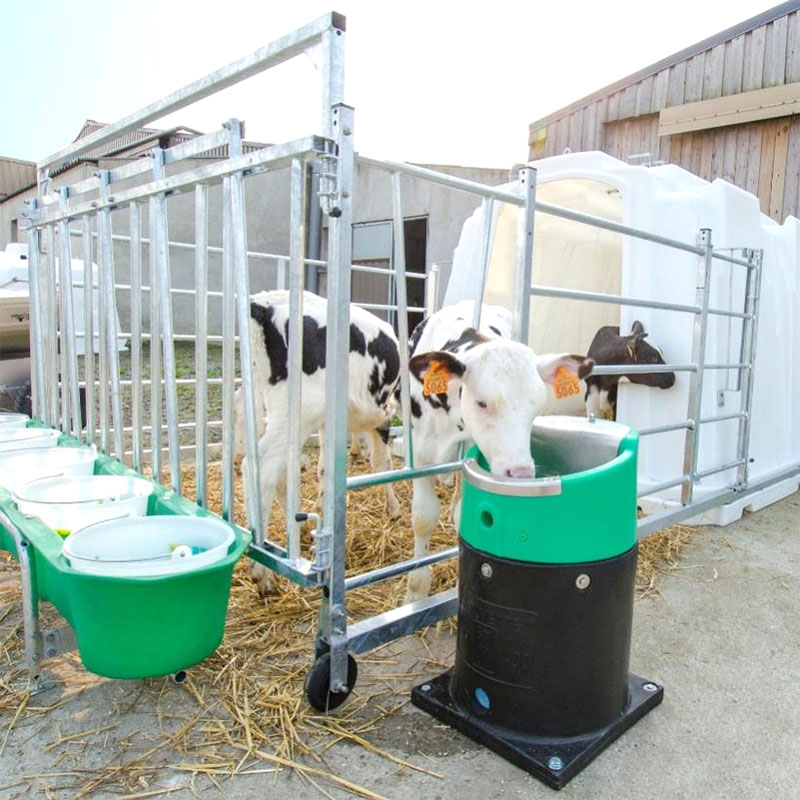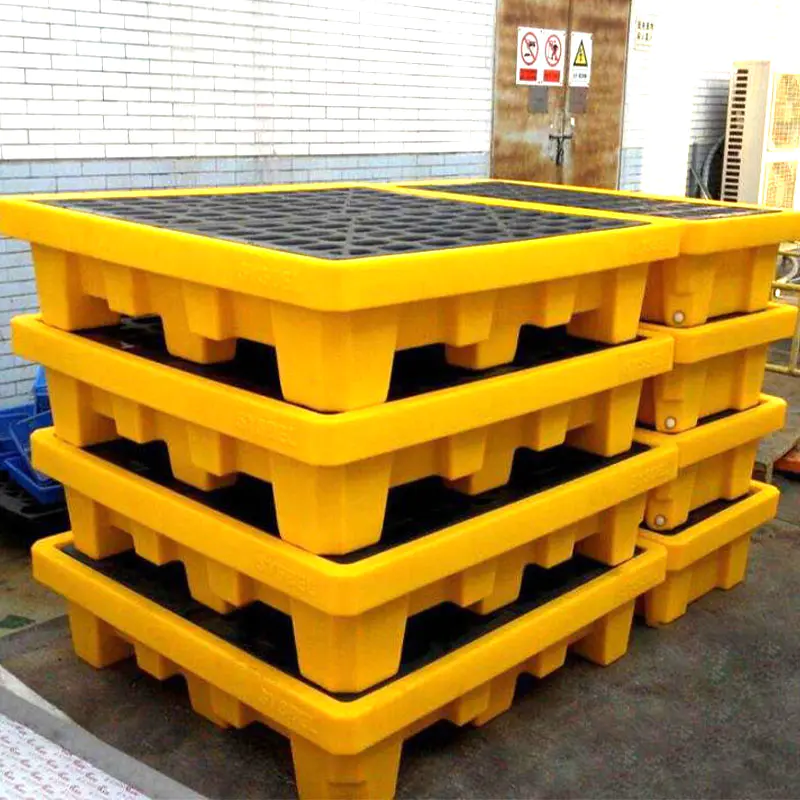In the field of roto-molding mold manufacturing for sports equipment, the choice of materials directly determines the mold performance and product quality. Aluminum alloy, with its unique physical and chemical properties, stands out in the roto-molding mold manufacturing of small and medium-sized sports equipment and becomes the industry's preferred material. Behind this phenomenon is the deep fit between the characteristics of aluminum alloy materials and the requirements of roto-molding process, as well as the strong support for improving the production efficiency and quality of sports equipment.
The characteristic of roto-molding process is that plastic powder is placed in the mold cavity, and the powder is evenly melted and attached to the cavity wall through the heating and rotation of the mold, and then cooled and solidified. In this process, the mold needs to repeatedly undergo a cycle of high-temperature heating and rapid cooling, which places strict requirements on the thermal conductivity of the mold material. The excellent thermal conductivity of aluminum alloy plays a key role here. It can quickly conduct heat, so that the plastic powder in the mold is evenly heated, avoiding molding defects caused by local overheating or overcooling. Taking small fitness equipment parts as an example, such as the dumbbell handle shell, aluminum alloy molds can ensure that the plastic quickly reaches a molten state and is evenly distributed in the mold. After rapid cooling and shaping, the product surface is smooth and flat, without bubbles, depressions and other defects, which greatly improves the product yield.
Light weight is another significant advantage of aluminum alloy, which is of great significance to the manufacturing of roto-molding molds for small and medium-sized sports equipment. Frequent handling, installation and debugging operations are common in the production process of small and medium-sized molds. The lightweight characteristics of aluminum alloys effectively reduce the labor intensity of operators and improve the convenience and safety of the production process. At the same time, on the automated production line, lightweight aluminum alloy molds can reduce the load of the robot arm, reduce equipment energy consumption, and improve production efficiency. In the manufacturing of children's sports toy molds, frequent mold replacement is the norm. Aluminum alloy molds are light in weight and the replacement operation is simpler and faster, which creates favorable conditions for enterprises to shorten downtime and increase production capacity.
The easy processing characteristics further consolidate the position of aluminum alloys in the manufacturing of roto-molding molds for small and medium-sized sports equipment. The design of roto-molding molds often needs to meet the diverse modeling requirements of sports equipment, and the processing of complex curved surfaces and fine structures is a common requirement. The good cutting performance and formability of aluminum alloys enable mold manufacturers to quickly and efficiently complete the processing and manufacturing of molds through conventional mechanical processing methods, such as milling, drilling, grinding, etc. For some sports equipment with special appearance designs, such as unique skateboard bracket molds, aluminum alloy materials can accurately meet the design requirements, ensure the high fit between the mold and the product design, and shorten the mold development cycle to meet the rapidly changing needs of the market.
In addition to the above performance advantages, the corrosion resistance of aluminum alloys also adds a lot to its application in the manufacture of roto-molding molds for sports equipment. Sports equipment has a variety of usage scenarios, and some products are exposed to humid environments for a long time, which requires the mold to have good corrosion resistance to ensure long-term stable production quality. The oxide film naturally formed on the surface of aluminum alloy has a certain corrosion resistance. If it undergoes surface treatment processes such as anodizing, its corrosion resistance will be further improved. When producing molds for small parts of water sports equipment, aluminum alloys can effectively resist the erosion of water vapor and salt after surface treatment, extend the service life of the mold, and reduce the company's mold maintenance and replacement costs.
In addition, the recyclability of aluminum alloy materials is in line with the development trend of green environmental protection in modern manufacturing. In the context of the continuous pursuit of sustainable development in the sports equipment manufacturing industry, aluminum alloy molds can be recycled and reprocessed after their service life ends, realizing the recycling of resources and reducing pressure on the environment. This also makes the application of aluminum alloys in the manufacture of small and medium-sized sports equipment rotational molding molds more valuable in the long run.

 English
English 中文简体
中文简体 русский
русский Español
Español